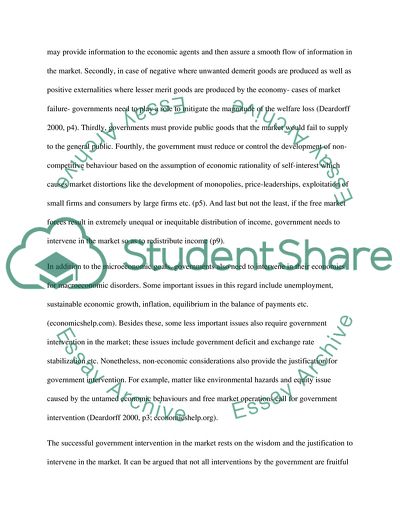Cite this document
(Government Intervention in a Mixed Economy Assignment, n.d.)
Government Intervention in a Mixed Economy Assignment. https://studentshare.org/macro-microeconomics/1736552-introduction-to-economics-assessment-1
Government Intervention in a Mixed Economy Assignment. https://studentshare.org/macro-microeconomics/1736552-introduction-to-economics-assessment-1
(Government Intervention in a Mixed Economy Assignment)
Government Intervention in a Mixed Economy Assignment. https://studentshare.org/macro-microeconomics/1736552-introduction-to-economics-assessment-1.
Government Intervention in a Mixed Economy Assignment. https://studentshare.org/macro-microeconomics/1736552-introduction-to-economics-assessment-1.
“Government Intervention in a Mixed Economy Assignment”. https://studentshare.org/macro-microeconomics/1736552-introduction-to-economics-assessment-1.


